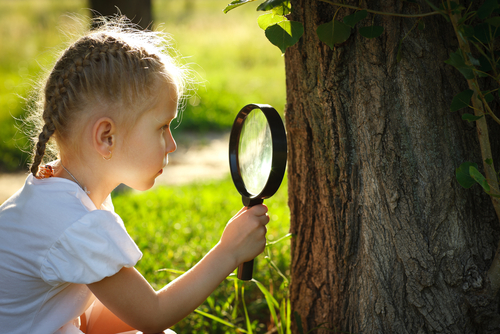
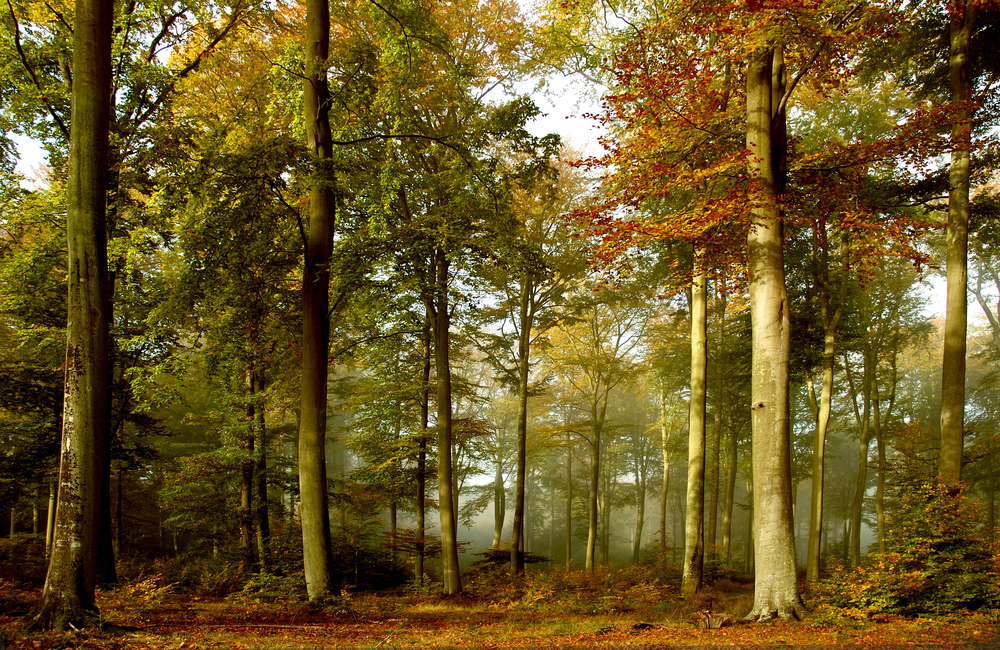
What is a habitat? It's where a certain group of organisms (called a community) live.
Why do they live there? They settled there because the habitat provides them with what they need - specifically, food and water, shelter and a chance to mate.
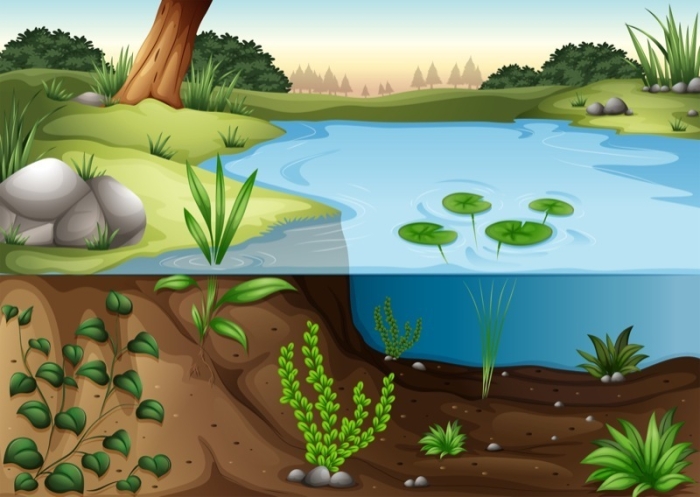
There are lots of different ways of studying a habitat to find out what lives there - it really depends on the type of habitat you're visiting. Typical habitats to study are hedge, woodland, field edge, rocky seashore, pond - all these will have a particular community of organisms and will have their own methods of study.

One way of sampling (meaning checking out) what types of small animal live on the ground near you is to use a pitfall trap. This is basically something like a yogurt pot sunk into the ground so that it's level with the soil surface. Some suitable bait such as apple is placed into it (although this isn't strictly necessary). Any animals that move around on the soil surface may fall into the trap.
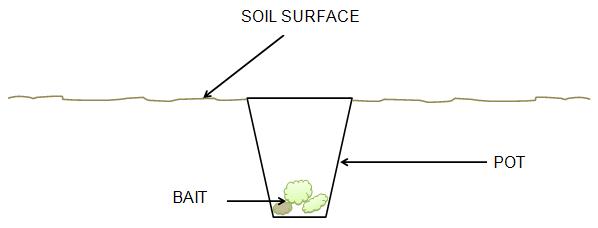
One way of sampling the types of plants growing in a meadow is to use a 1 m2 quadrat, which is simply an open square made of wood with sides 1 m in length. The quadrat is thrown at random, and the percentage of different plants within the square is estimated. For example, one throw in a meadow might give the following results:
grass = 80%
buttercup = 10%
clover = 10%
To get an accurate picture of the whole habitat, it would be necessary to throw the quadrant several more times, say ten times or so, and then multiply up the results.
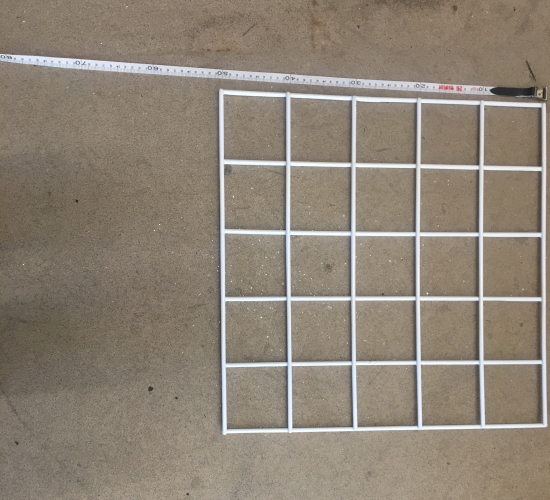 One type of quadrat
One type of quadrat
One way of looking at the small animals living in woodland is to bring some of the leaf litter on the floor of the wood back to look at more closely. A pooter is a useful tool for this as it allows you to suck up the small, fast-moving animals into a small collecting pot, giving you the chance to look at them with a magnifying glass.
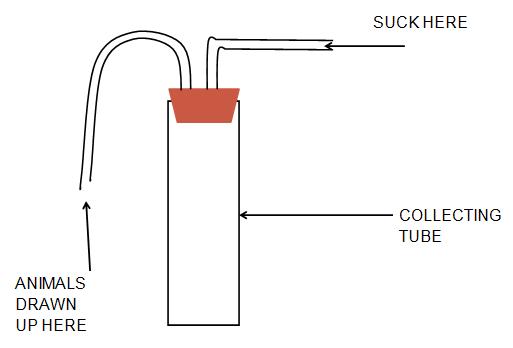
Let's have a go at exploring some habitats in the questions that follow.
